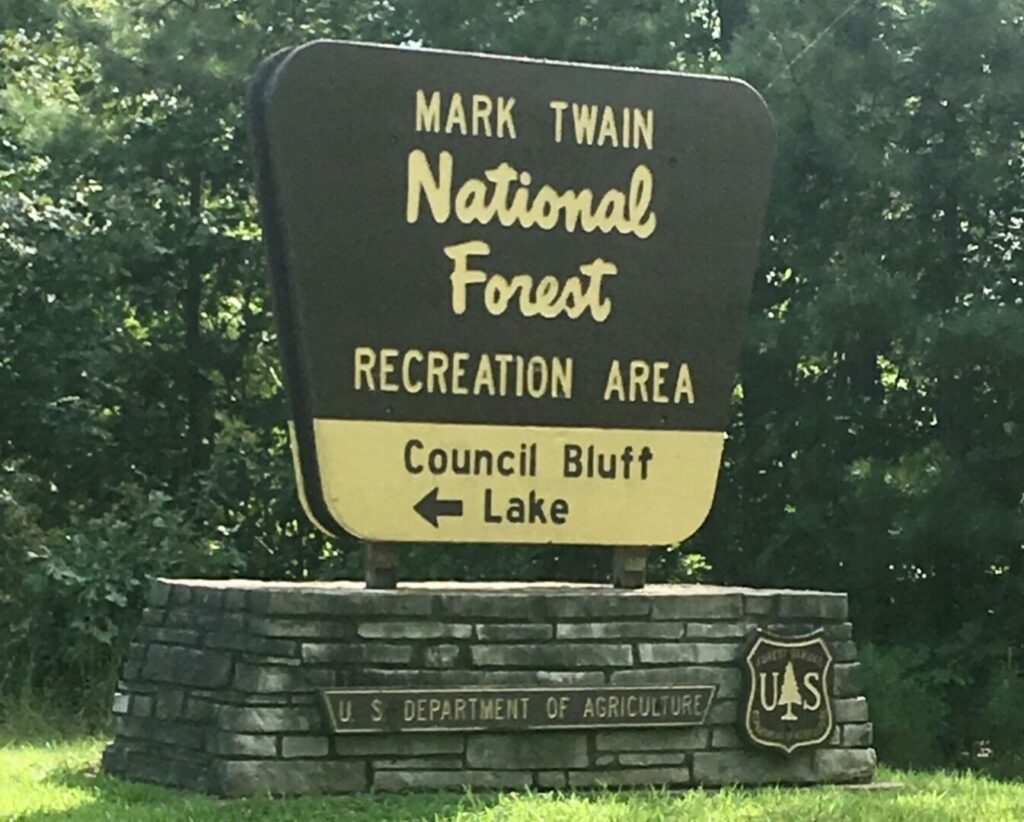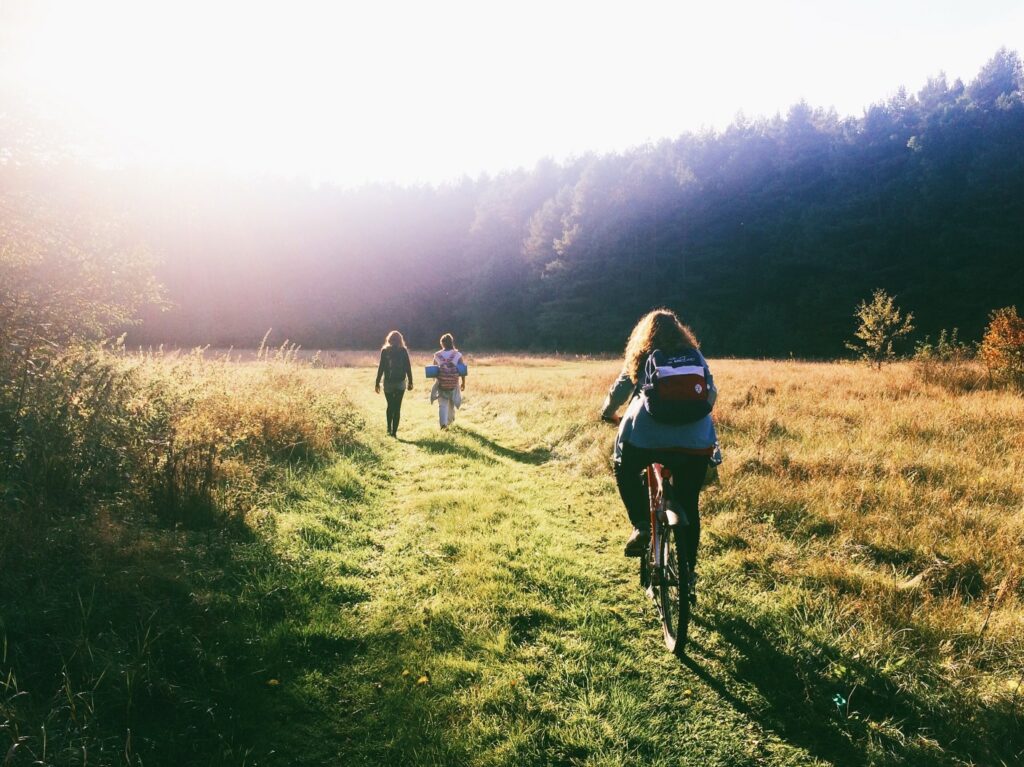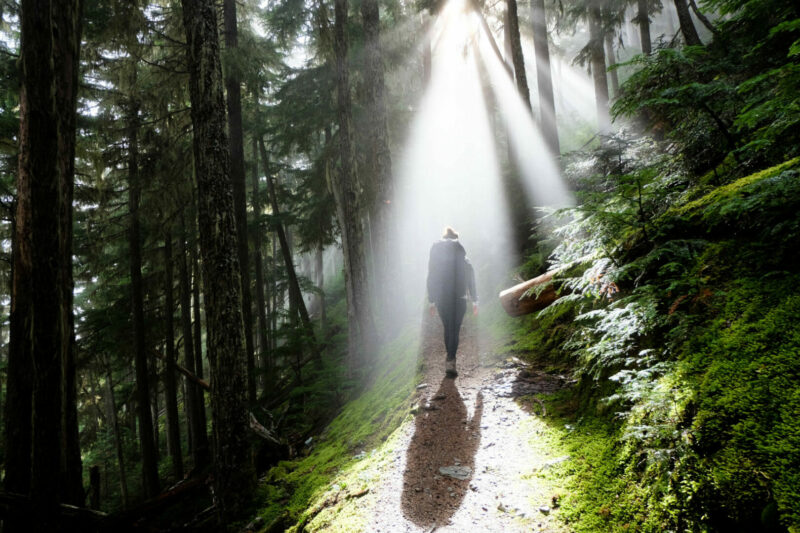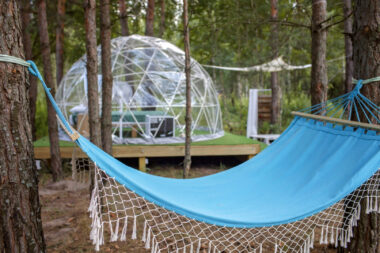Table of Contents Show
We all know Mark Twain, the author, but do you know Mark Twain the National Forest? With 1.5 million acres, over 750 miles of trails, 16 lakes, 14 streams, and countless amounts of beauty, this is one place you should visit.
Simultaneously known as the Clark and Mark Twain National Forest in its founding in 1939, it was renamed in the ’70s to its official title today. Appropriately named, too, as the author’s adventurous spirit remains with the many things to do in Mark Twain National Forest.
Where Is Mark Twain National Forest?
You’ll find this national park in Mark Twain’s home state of Missouri in the southern half of the Ozark Highlands. Covering a vast expanse of varying terrain in 29 counties, it encompasses the St. Francois Mountains in the southeast to the glades in the southwest, including the Great Plains along the Missouri River.

Best Time of Year to Visit Mark Twain National Forest
The best time to visit Mark Twain National Forest is during the late summer months and into fall. Temperatures and humidity start to decrease, offering crisp mornings, cool evenings, and beautiful fall days. Average daytime temperatures reach the high 70s, with lows in the mid-50s.
You’ll also experience fall colors and fresh air during this time of year. The leaves begin to change with reds, oranges, and yellows dotting the mountainsides. Fall brings a sense of calm in the forest, without the rush of summer tourists and summer heat.

Best Things to Do in Mark Twain National Forest
Mark Twain was an adventurer himself — at least in his stories. You won’t lack adventures here at his namesake. With over 750 miles of diverse trails, you can try your skills at hiking, mountain biking, horseback riding, and off-roading. Not quite up to the hiking? How about camping, water sports, or a Sunday afternoon scenic drive?
Hiking
While many trails are open to multiple uses, a few you can only use for hiking. Whatever paths you choose to explore, Mother Nature will be by your side. We’ve got a few listed here for you to start with.
Greer Spring Trail
Less than two miles out and back, this moderate trail leads you to Greer Springs, the second largest spring in Missouri. Greer Spring Trail is a well-maintained path offering majestic pine scenery as you gain a mere 206 feet of elevation, mainly on the way back.
Plus, you can explore many places near this pristine spring upon your arrival, so take your time and enjoy the beauty of this entire area. The trailhead lies on the west side of Missouri Highway 19, eight miles north of Alton, Missouri.
Piney Lookout Tower Trail
Piney Lookout Tower Trail is just over four miles. It is a moderate loop trail with around 500 feet of elevation gain. A few steep rock areas can cause confusion as to where the trail continues, so be aware of this when hiking.
Although this trail is not well marked, the hike has many clear streams and pines along the way. Many people use this area for backcountry camping because of its lack of trail markings and remote locations.
The trailhead is 5.5 miles west of Cape Fair on Highway 76 off of farm road 2150.
Blue Spring Trail
Blue Spring Trail is three miles out and back and is good for all skill levels. It takes you from North Fork Campground to Blue Spring, following the White River along the way.
Upon arrival at the spring, you’ll find yourself in the Devil’s Backbone Wilderness Area. Here you can explore the many natural stone formations around three sides of the Blue Spring.
You can find the trailhead at the North Fork Campground in Mark Twain National Forest.
Camping
Rest from your hike by camping in Mark Twain National Forest. Surrounded by prairie lands, forested regions, and some of the oldest mountains in the nation, you can end an adventurous day under the starry sky. You can stay and play at the Council Bluff Recreation Area.
Keep in Mind: If you will be boondocking while exploring the Mark Twain National Forest, make sure to follow these 11 Mandatory Rules for Boondocking on National Forest Land.

Council Bluff Recreation Area
Before you head off to your bed for the night in the Wild Boar Campground, save plenty of time to play in Council Bluff Lake. As the largest lake in Mark Twain National Forest, it covers over 400 acres and can go as deep as 80 ft in spots.
Start your fun playing at Chapel Hill Beach, located at the eastern end of the campground, where you can swim or sunbathe on the 54,000 square foot sandy beach. If you feel more adventurous, you can try boating at one of the two boat ramps. Or you can also canoe, kayak, paddle, or fish. Or, if you prefer, you can hike the Council Bluff Trail surrounding the lake for 12 miles with many detours into the campground itself.
Speaking of camping, now that you’ve played, it’s time to relax at your home for the night. Fees start at $11 for camping, not including possible fees to enter the park itself. You need to reserve most sites ahead of time, with a few available on a first-come-first-serve basis.
Some sites can accommodate rigs up to 40 ft long. The campground doesn’t have any hookups but does offer vault toilets and drinking water. It also has coin-operated showers and flushing toilets at the beach.
There’s not much better than camping at Council Bluff Recreation Area after a day of adventuring in Mark Twain National Forest.
Pro Tip: With campgrounds accommodating different sized rigs, knowing the size difference between types of trailers is crucial. Want something a bit smaller and easier to use? Learn more about What Is A Pop-Up Camper.

Water Activities
Three thousand springs feed rivers and streams flowing year-round in Mark Twain National Forest. Not only do these features provide much-needed water to the land, but they also provide recreation to the thousands of people that flock here every year, including the Eleven Point and Big Piney Rivers.
Eleven Point National Wild and Scenic River
Eleven Point River is a true gem for river adventurers. Running through the Ozark Hills, you’ll find all types of water excitement, from deep clear pools and rushing rapids to continuous springs.
Whether you love boating, fishing, or paddling, you can hop in from many access points up and down the river and eight float camps for overnight river excursions. Don’t have the gear? No problem. You’ll find plenty of rental facilities to get you what you need.
Big Piney River
Big Piney River is fed by a spring and offers 21 miles for floating, fishing, and swimming in the Ozarks. Much of the river is undeveloped, with opportunities for fishing, boating, floating, and simply enjoying the beauty as it runs through the Ozark Mountains.
If you don’t have the equipment, you can rent it from one of the many outfitters along the shore. You can also embark on a guided tour, giving you a chance to get to know the Big Piney River better than you could on your own.

Sightseeing
Whether you go hiking, paddling, or driving, there’s plenty of sightseeing to do. The views you encounter in Mark Twain National Forest might just stay with you forever. Especially the sights along the Glade Top Scenic Byway.
Glade Top Scenic Byway
Sometimes you can adventure on a casual drive through the mountains. Glade Top Scenic Byway offers 23 miles of scenic vistas with views of Arkansas’ Boston Mountains in the distance.
With seven distinctive areas to pull off the road to enjoy the panoramic views, you’ll have amazing picnic spots. Open year-round, you may consider this scenic drive one of the best in the country to experience a variety of views, ecosystems, and wildlife.

Mark Twain National Forest: Storytelling at Its Finest
Mark Twain may be long gone, but his stories stay forever bound within Mark Twain National Forest. The rolling hills, the babbling brooks, and the whispering trees tell stories today that intertwine with the adventures of the past.
Mark Twain National Forest, like its namesake, will continue to tell stories for years to come. That is storytelling at its finest.






